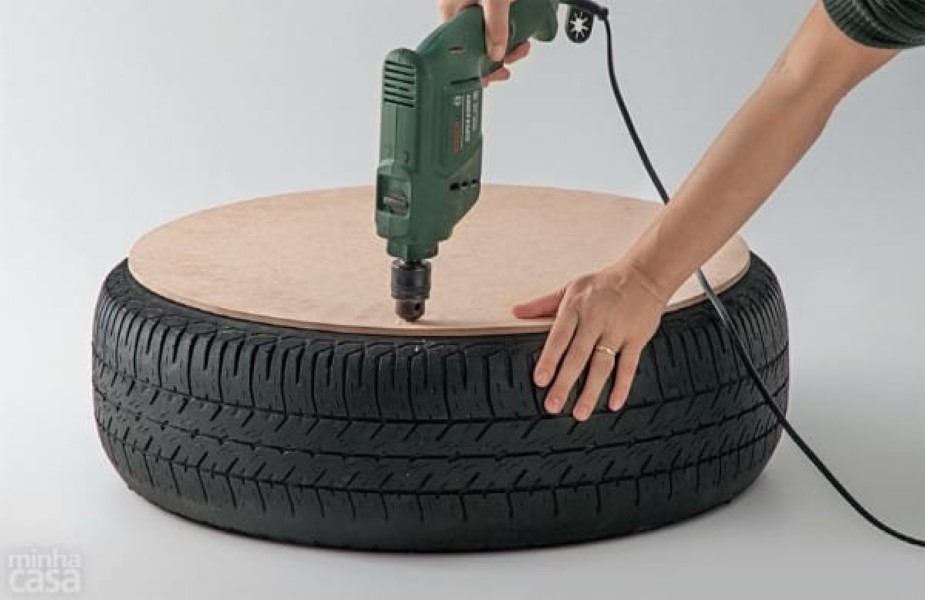Added on August 24, 2016 The News Wheel flat tire , roadside repairs , rope plug , Rubber Manufacturers' Association , tire patch , tire plug , tire puncture , Tire repair
No Comments
Decrease Font Size Increase Font Size Text Size Print This Page Send by Email
Photo: Ambiguous @ Flickr
Flat and leaking tires are some of the things that give car owners nightmares. Tires are rated to last a certain amount of miles, but a brief encounter with something sharp can bring on the expense of new tires sooner than anticipated. If you’re lucky, though, a punctured tire can be repaired.
Recently, one of my tires developed a slow leak. When I took it in to my local tire shop, they located what looked like a small cluster of puncture holes. Upon closer inspection, we realized that the problem was actually a failing rope plug in the tire that had been applied by a previous owner or repair shop.
The great team at my shop removed the plug and correctly repaired the tire. But the situation left me wondering when (if ever) rope plugs are seen as an acceptable repair.
This is how I reacted to a rope plug in my CPO car’s tire
When a tire is punctured, a hole can be repaired if it is less than one fourth of an inch, is located in the tread of the tire, and is more than one inch away from the sidewall. If the tire has run flat, the sidewall could possibly be too damaged to recover, though.
There are two major ways to repair a car’s tires: using a plug, or using a patch (many of which actually feature an attached plug that is pulled through the hole for a doubly sure repair). Most tire plugs in inexpensive repair kits are made of rope coated in tar or another sealant, and can be used without removing the tire from the wheel (making them ideal for quick roadside repairs). The problem with these plugs is that, while they can last the life of the tire, there are many variables that can cause the rope to deteriorate and leak air again. In my case, the rope and its tar were completely breaking up.
In my case, the rope and its tar were completely breaking up.
For the record, the Rubber Manufacturers’ Association says that a plug alone is an unacceptable repair. The type of repair that is commonly accepted as the most permanent and safe is a patch or combination plug patch (also called a mushroom patch). While slightly more expensive, the mushroom patch repair method has been shown to be more enduring. The patch on the interior reseals a damaged inner liner to make sure that air stays in the tire, and the plug through the puncture helps protect the tire’s steel belts from rust caused by water getting in the perforation.
If you go to a tire shop with a punctured tire, and they offer to repair it, I would ensure that a mushroom patch is used to fix the hole. It might be more expensive, but it’s better to fix a problem with your car correctly the first time, instead of ending up on the side of the road if the cheap solution fails.
Information Source: The Rubber Manufacturers’ Association, MotorWeek
The News Wheel
The News Wheel is a digital auto magazine providing readers with a fresh perspective on the latest car news.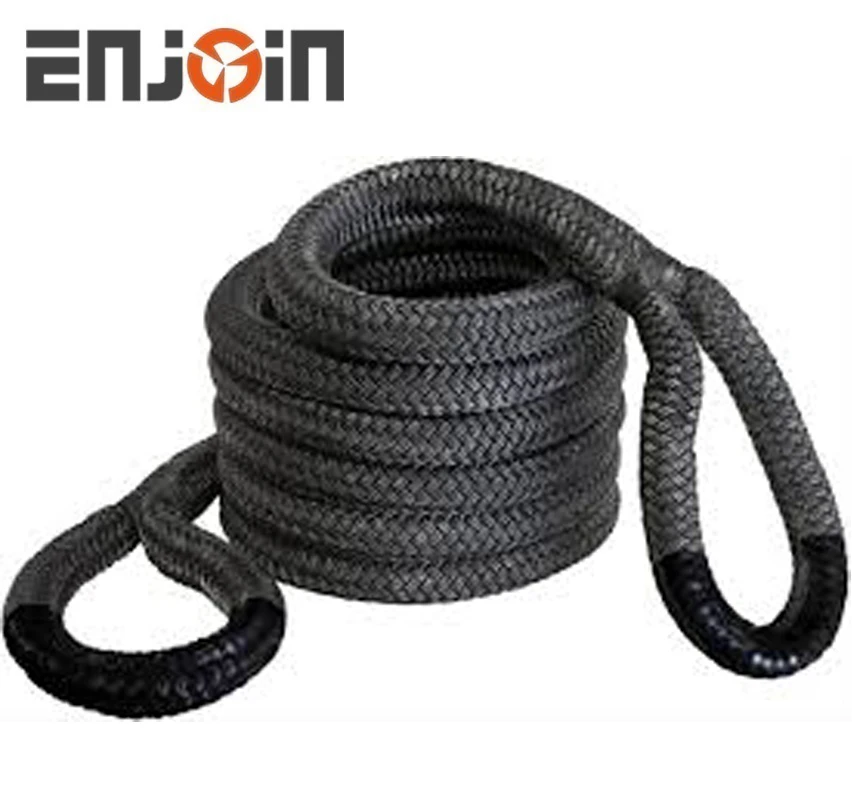 We’re located in the heart of America (Dayton, Ohio) and our goal is to deliver an entertaining and informative perspective on what’s trending in the automotive world. See more articles from The News Wheel.
We’re located in the heart of America (Dayton, Ohio) and our goal is to deliver an entertaining and informative perspective on what’s trending in the automotive world. See more articles from The News Wheel.
Tire plugging is the fastest method to repair a punctured car. Tire plugging uses a cord to prevent the airhead from escaping. If you are an experienced person, you can avoid damage to your car with simple tips.
So, how long does a tire plug last? Most manufacturers say that plug versions can last 7-10 years if installed correctly.
Yet, this number is meant as a reference because you can’t always fix it perfectly. The article gathers useful knowledge and some of the most frequently asked questions about tire plugs. Let’s scroll down to read more information!
Buy Best Tire Repair Kits at Amazon.com
What Is A Tire Plug?It is the primary tool in the repair by plugging method.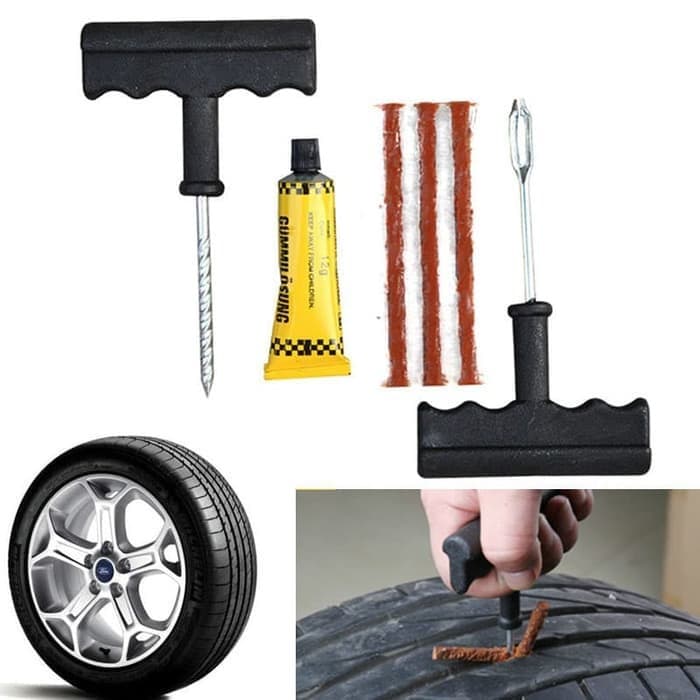 From the outside, it looks like a standard wire, and the structure is quite remarkable; it is a sticky object; depending on the case, the item can expand or contract to match the size of the hole.
From the outside, it looks like a standard wire, and the structure is quite remarkable; it is a sticky object; depending on the case, the item can expand or contract to match the size of the hole.
Its working principle is also quite simple: after being inserted into the tire, the plug wire will sense the pressure, determine the shape of the wound, and then automatically expand to adapt.
In addition, the material that makes the wire must be guaranteed to meet the standards, confirming the certainty so that after the air is pumped in, there will be no problems.
There is no denying the convenience that the plug method brings, and you can even repair it without removing the tire from the rim. You can even plug in the tire in some exceptional cases, even when the wheels are connected.
How Long Does A Tire Plug Last?When a vehicle is repaired correctly and maintained, a plug’s life span can last up to 7-10 years. It is an unbelievable number for a wheel that has been repairable.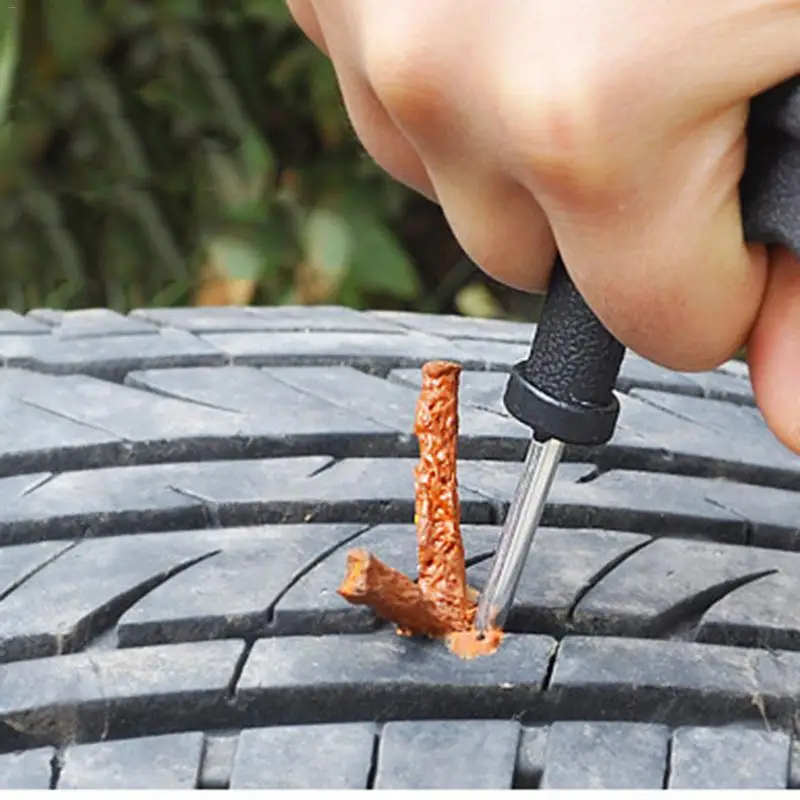
However, manufacturers advise users not to overdo patching like this in practice. When using too many repair measures, the impact will affect the inherent functions, causing deflation and explosion.
When traveling on the road, the car’s wheels have problems, do not rush to decide when the experience is not proficient; the best way is to take the car to a repair center to have expert advice on the appropriate repair method.
Is Plugging A Tire A Good Idea?Buy Best Tire Repair Kits at Amazon.com
Plugging or patching is only a temporary measure before you have enough time to change into a new tire. The life of a tire after plugging can last from 7-10 years or 25,000 miles; no one can be sure that there will not be any problems.
Plugging in tires will be a good idea, even effective if the wheel is in an emergency that needs to be moved.
Is It Safe To Plug In A Tire?You can safely use your plugged-in tires when traveling in a specific section of the road. Unlike a spare tire, which has a short life, it is possible to prevent air from escaping through a previous puncture completely with a plug repair method.
Unlike a spare tire, which has a short life, it is possible to prevent air from escaping through a previous puncture completely with a plug repair method.
Via many surveys, experts think there is a better measure than a plug – radial patch. It is a suitable method available on almost all popular tires on the market.
The process takes about 30 minutes while using a wire to insert the air hole takes up a few minutes. Both must be vulcanized to reinforce and increase the rubber surface’s certainty.
Is It Ok To Drive On A Plugged Tire?As long as the wound has adequately been reinforced, you are entirely safe traveling by car with tires. The safest time to use is not too long from when you repair using the above method.
Besides, some notes have also ensured stability when operating this type.
However, do not drive when there is a wound near the wall or on the side of the wheel; if the plug diameter exceeds ¼ inch, it is best to replace the tires.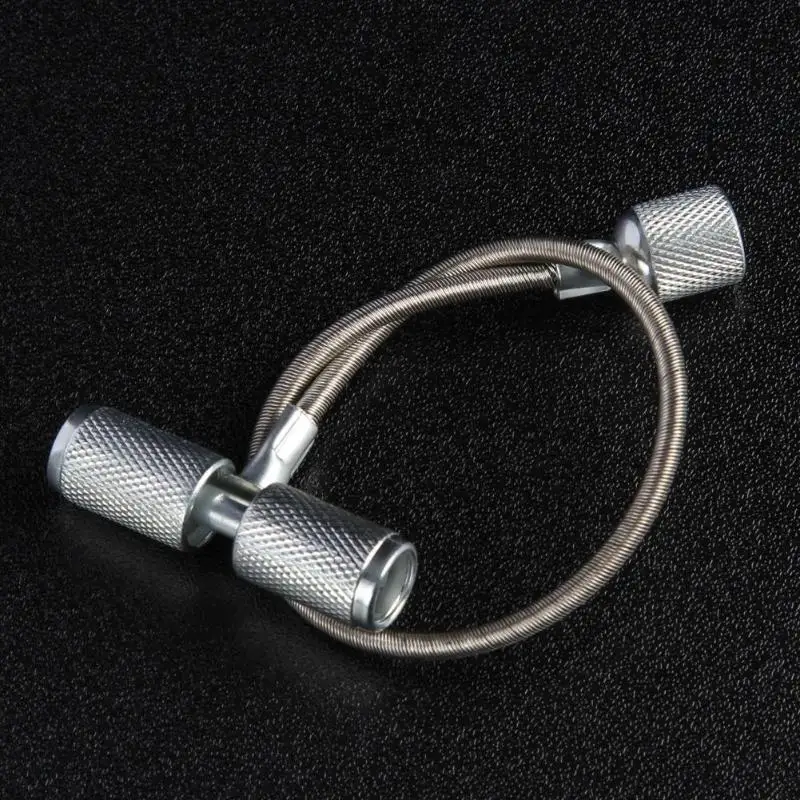
Finally, the body’s weight, do not use plug tires to carry heavy objects; this inadvertently puts pressure on the wheels when the tires are weak.
How To Plug In A Tire?Here are some ways to help you better understand the plugging process.
Step 1: Locate the leakThis step does not require you to remove the wheel altogether, but you can use a jack to support the wheel’s weight, so it is pretty easy to do the following steps.

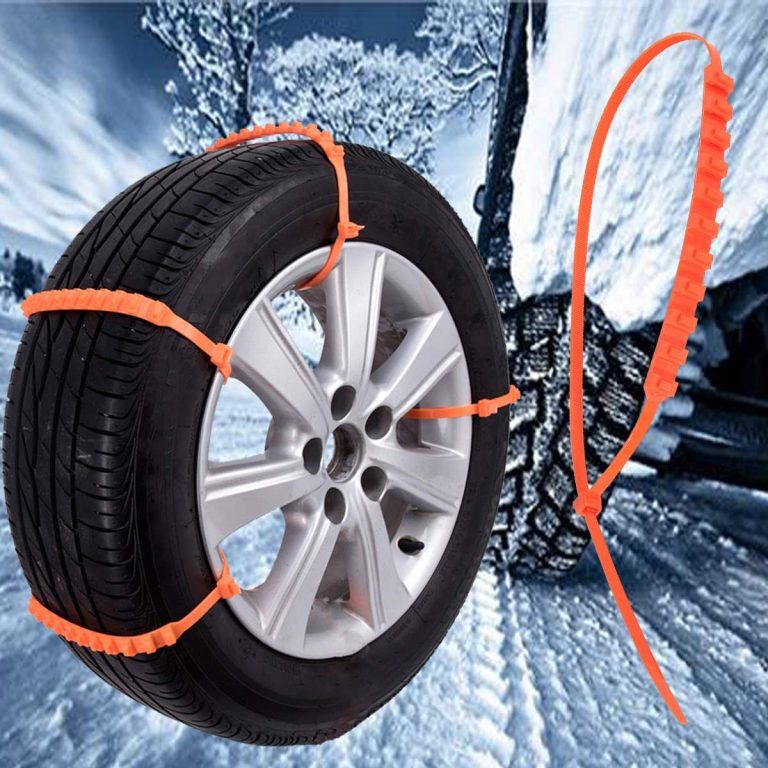
The above article has provided you with knowledge related to plugging or manipulations to perform this process.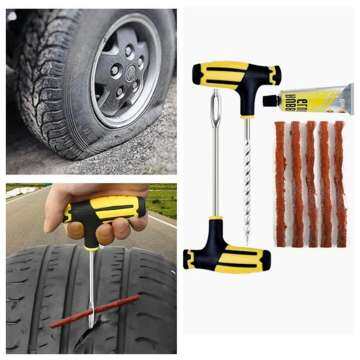 Hopefully, it will help you when you encounter a similar situation.
Hopefully, it will help you when you encounter a similar situation.
Product catalog
Product catalog
Enter the order number for payment
Description
HomeQueen Rope Mop Head. A mop with a cotton head is a proven solution for those who love order in the house. Cotton, an eco-friendly, natural material, forms the basis of our floor mop head. Thanks to the cotton in the composition, the nozzle is able to quickly absorb moisture, as well as any dirt. After use, it is enough to rinse the nozzle with water.
On order: Delivery up to 14 days 313 ₽
Boxygorsk
On order: Delivery up to 14 days 299 ₽
Lodeynoye field
to order: Delivery up to 14 days 286 ₽
Gatchina
Cheremykino
under order : Delivery up to 14 days 285 ₽
Zapolye
meadows
Murino
Roshchino
TOKSOVO
Tosno
Ulyanovka
Available 286 ₽
Communards (3)
Sanding (3)
in the presence of 299 ₽
Open (2)
Pryzits (2)
Siversky (3)
Available 313 ₽
Veliky Novgorod (13)
Volkhov (2)
Vyborg (3)
Kingisepp (1)
Kirishi (1)
Pskov (2)
Slates (1)
Tikhvin (2)
in the presence of 285 ₽
Vaskelovo (3)
Georgian Georgian ( 1)
Zelenogorsk (2)
Kirovsk (3)
Kolpino (3)
Koltushi (3)
Losevo (2)
Morozova (2)
Novo-Toksovo (3)
Otradnoye (3)
Priozersk (2)
Romanovka (2)
Romanovka0 (2) No reviews yet.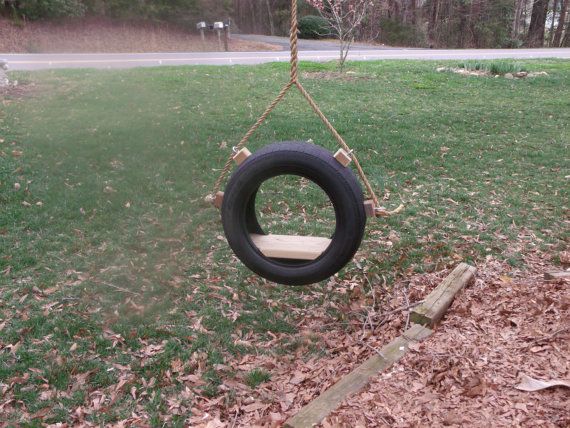
Log in! And be the first!
Features
Trading house "VIMOS" delivers building, finishing materials and household goods. Our fleet consists of more than 100 vehicles. On each base has developed a competent logistics system that allows you to deliver your goods to stipulated deadlines. Our experts will be able to quickly and accurately calculate the cost of delivery from taking into account the weight and dimensions of the cargo, as well as the mileage to the place of delivery.
Delivery order is carried out through our call center by phone: +7 (812) 666-66-55 or at ordering goods with delivery through the online store. Shipping costs are calculated according to the tariff scale shown below. The exact shipping cost is determined after order approval with your manager.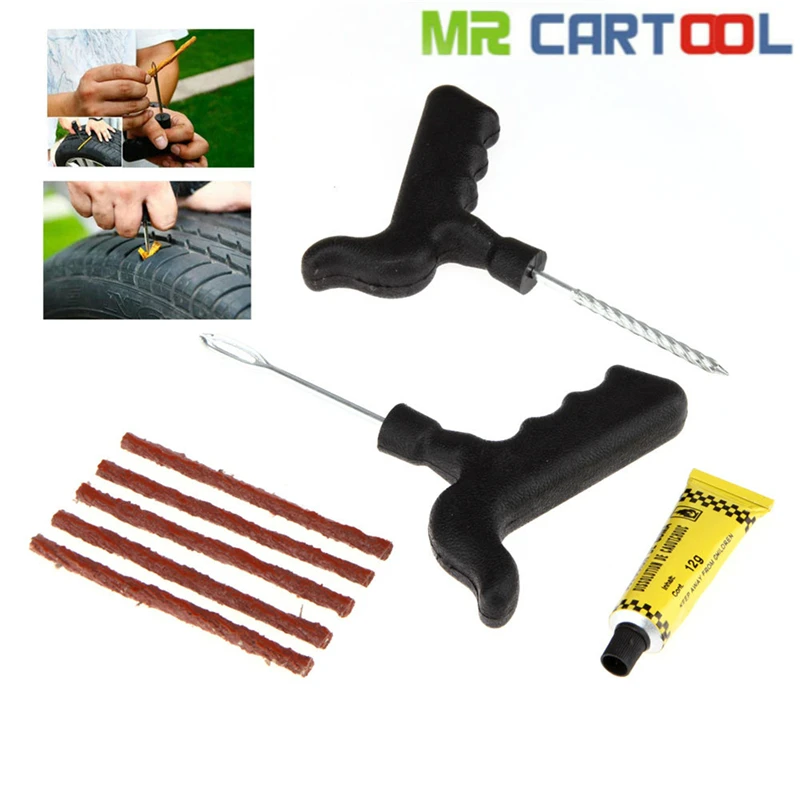
Dear customers! Rules for the return and exchange of goods purchased through our online store are governed by the User Agreement and the legislation of the Russian Federation.
CAUTION! Exchange and return of goods of good quality is possible only if the specified product was not in use, its presentation, consumer properties are preserved, seals, factory labels, packaging.
Add. information
Price, description, image (including color) and instructions for product HomeQueen Rope Mop Head nature and are not a public offer, as defined in paragraph 2 of Art.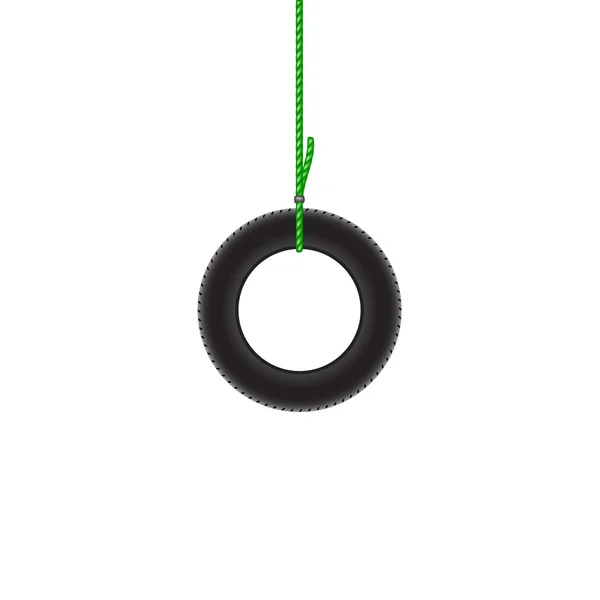 437 Civil Code of the Russian Federation. They are subject to change by the manufacturer without prior notice. notices and may differ from the descriptions on the manufacturer's website and actual characteristics goods. For detailed information about the characteristics of this product, please contact to the employees of our sales department or to the Russian representative office of this goods, and also, please carefully check the goods when buying.
437 Civil Code of the Russian Federation. They are subject to change by the manufacturer without prior notice. notices and may differ from the descriptions on the manufacturer's website and actual characteristics goods. For detailed information about the characteristics of this product, please contact to the employees of our sales department or to the Russian representative office of this goods, and also, please carefully check the goods when buying.
Buy HomeQueen Rope Mop Head in the store Sosnovo you can in the online store "VIMOS".
Related articles
The world's first tire appeared in 1888.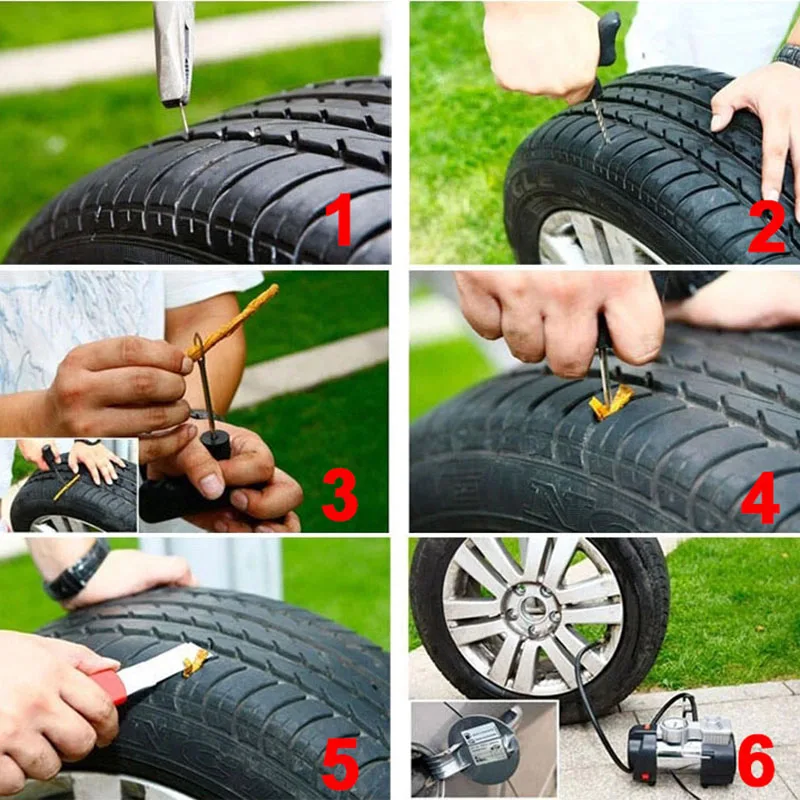 It consisted of a rubber canvas mixture. John Boyd Dunlop spoke of his invention as follows: "Elastic bearing surfaces around the wheel rims facilitate movement and reduce the noise they create when driving." He sought to improve the smoothness of his son's tricycle, which is how he came up with the idea for the pneumatic tire. Only a few years later his invention was named as "Car tire".
It consisted of a rubber canvas mixture. John Boyd Dunlop spoke of his invention as follows: "Elastic bearing surfaces around the wheel rims facilitate movement and reduce the noise they create when driving." He sought to improve the smoothness of his son's tricycle, which is how he came up with the idea for the pneumatic tire. Only a few years later his invention was named as "Car tire".
The car tire is one of the most important elements of the wheel, consisting of a flexible
rubber-metal-fabric shell mounted on the wheel rim. The tire provides contact between the vehicle and the road surface and is designed to absorb minor vibrations caused by uneven road surfaces in the contact patch.
Contact patch - the area of contact between the tire and the road surface.
Solid Tire: A tire that is made entirely of rubber. Used mainly on the first cars. Nowadays, they are mainly used in industrial and household devices and children's bicycles.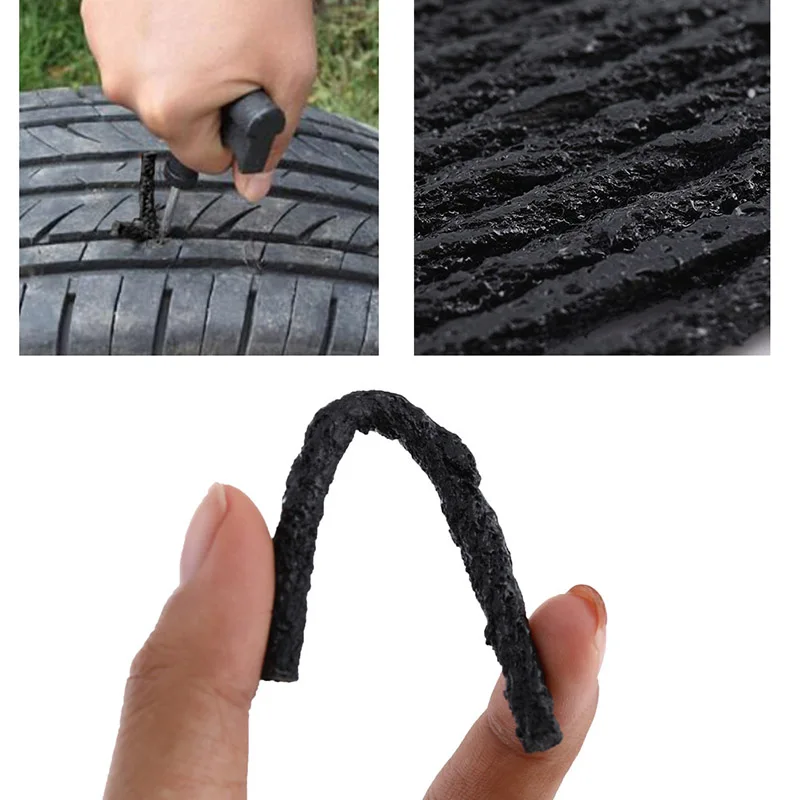 This tire is not afraid of punctures.
This tire is not afraid of punctures.
Elastic tyre: tire used in the tank industry. All the road wheels of the tank were supplied with such tires. This gave the tank an extremely smooth ride.
Pneumatic tyre: a tyre, the flexibility of which is provided by compressed air in a sealed cavity.
Safety tyre: the tire has reinforced sidewalls. The presence of a special supporting component allows them to support the weight of the car without settling, even when deflated.
Reinforced
sidewall
Regular tires
Run-flat tires
with side support
— steel carcass tyre: a radial tyre, the cord of which is made of metal threads.
- tire with nylon (nylon) cord: pneumatic tire, the cord of which is made of nylon (nylon). Tires produced with this type of cord are lighter by ?. Such a tire is not afraid of side impacts, it does not form “hernias” and “hairs” do not appear when the rubber is worn, which can pierce the chamber.
— diagonal tire: this is a
pneumatic tire whose
cord angle in the carcass
and breaker is located from 30° to
40° to the plane passing through the
tire axle. When this thread cord
cross, keeping
the balance of the structure in the profile
tire.
— radial tire:
pneumatic tire with
radial arrangement of
cords. This type of tire has
more elasticity and
load capacity. Such tires
are marked with the letter "R". Such a
tire has a non-equilibrium
tire profile design.
— belted bias tire
: bias tire, the cords
in which are located at an angle
of more than 60° to the plane
passing through the tire axle.
- tubed tyre: pneumatic tire inside which
has a tube. The chamber consists of a rubber compound.
At present, tires of this type are practically not used
except for commercial vehicles.
- tubeless tyre: pneumatic tire coated
on the inside with a layer of viscous airtight rubber. These
These
tires are the most common due to their reliability,
lighter weight and ease of use.
Camera
- all-purpose tyre: tire with
universal tread pattern
for operation on
unpaved roads and roads with
improved surface.
- road tire: tire with
road tread pattern,
providing good
grip on the road surface
at high speeds.
- off-road tire
: pneumatic
tire with a tread pattern
off-road,
allowing the car
to move on wet black soil,
wet meadow and snowy field.
- tire type "PC": tires of this
type have a radial
arrangement of carcass threads and
removable tread reinforced with
steel cord. Removable
protector is made from
one or three rings. At the time of inflation
of such a tire
, the tread rings
are firmly seated in place.
- rain tire: tire
eliminates the effect of
hydroplaning, especially in
heavy rain. Squeezing out
Squeezing out
water from the contact patch occurs
due to a peculiar tread pattern
, and the sipes provide
"vacuum suction"
tires to the road.
– tire mixed: racing tire
built with
special technology with a special
compound and construction,
allows you to race in
wet track conditions
or light rain. The mixed tire
is a kind of middle class
between slicks and rain tires.
— pseudo-slick tire: tire
is designed for dry
asphalt.
— summer tire: tire with summer tread pattern
. Designed to work on dry or
wet road surfaces. Not recommended
use summer tires designed for
winter conditions. Because in this case accelerates
tread wear, vehicle controllability worsens. Winter tread pattern, just like the composition (compound) of rubber, is fundamentally different from summer. Traditional summer tread pattern.
— winter tire: pneumatic tire with winter
tread pattern designed to work on
snowy, wet, muddy (including slush) and
loose roads.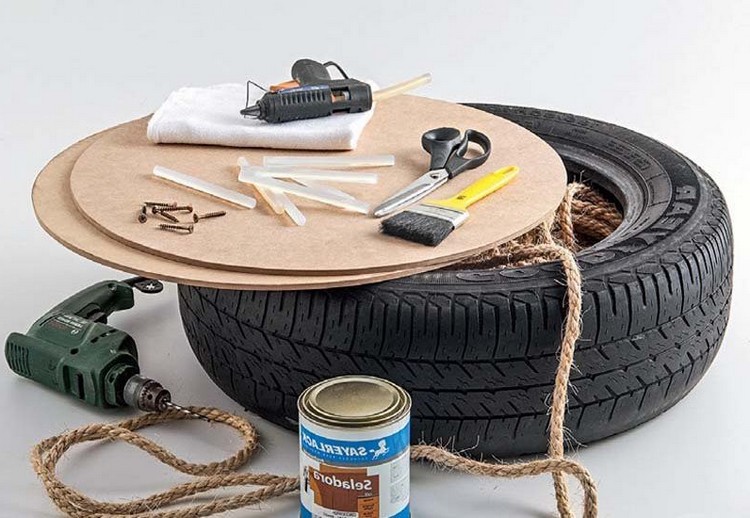 Not recommended for use in winter
Not recommended for use in winter
summer tires she quickly loses her grip
properties. Due to this, the braking distance
is greatly increased. In turn, winter tires are divided into
studded (a tire with studs located in the
tire, increasing grip on an icy
road) and non-studded. Winter tires have
a different pattern than summer tires.
The profile of a tire is the percentage of its height relative to its width.
- arched tire: as a rule, this is a tire with
profile in the form of an arch and the ratio of the height of the
profile to its width of 25-30%. Arched tires
have large lugs. (Fig. 5) Tires of this
profile are mainly installed on
agricultural machinery.
— low-profile tire: a tire having a
profile height-to-width ratio of 30-50%.
Typically used on passenger cars. Tires
with this profile are only tubeless.
- regular profile tyre: has a ratio of
profile height to its width 51-80%. Usually with
Usually with
fixed pressure 1 and installed on
road cars. Tires of this profile are
chambered and tubeless.
- wide profile tire: Tires with this profile
are available in tube and tubeless versions
(see arched tire). The main difference between
wide-profile tires and conventional tires is the width of the
profile, increased by one and a half to two times, more than
strong carcass and side part. Such tires can0115 to be pressure regulated 2 .
— pneumatic roller: tire with a thin-walled elastic
rubber-cord casing, operating at
ultra-low pressure. Pneumatic rollers are distinguished by their
profile width, which usually exceeds the outer diameter of the
pneumatic roller. Differs in lower pressure
(10-250 kPa). Due to the low pressure in
tires, the transport does not leave a track.
1 Fixed pressure tires are used in most automotive applications. Both light and heavy.
Both light and heavy.
2 Pressure-controlled tires have a wider profile (by 25-40%) than conventional tires. Less cord layers (1.5-2 times) and soft rubber layers between cord layers. Also, tires of this class have an increased area of support on the ground (2-4 times with a decrease in pressure), a lower specific pressure on the ground and have greater grip and elasticity. The air pressure in such tires is regulated by special equipment installed on the car. The adjustment is made mainly from the cab and allows you to maintain the required pressure in the tires depending on the operating conditions, but also to continuously supply air to the tires in case of punctures and minor damage. It is worth noting the height of the lugs, which can reach 30 mm. Tires of this class have a reduced load capacity.
- ultra-low pressure tire: internal air pressure is about 0.05-0.08 MPa.
- low pressure tire: internal air pressure is about 0.